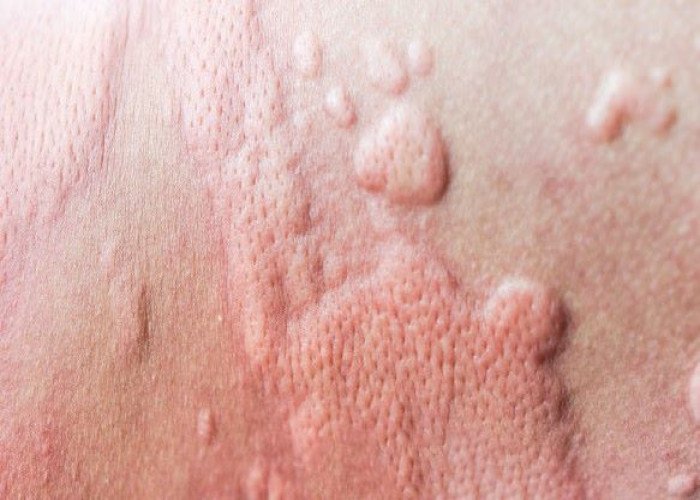 Welcome
Welcome
“May all be happy, may all be healed, may all be at peace and may no one ever suffer."
Hives and angioedema
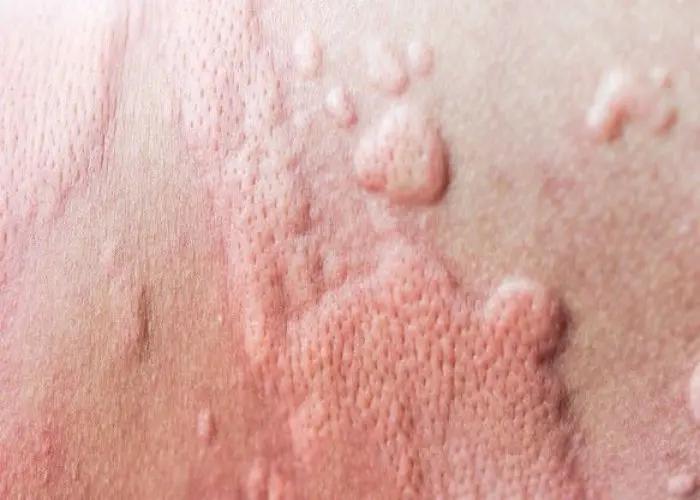
Hives, also known as urticaria, are a skin condition characterized by itchy, red, and raised welts on the skin. The welts can appear anywhere on the body and may range in size from small dots to larger patches. Hives can be acute or chronic and can last from a few hours to several weeks.
Angioedema is a related condition that involves swelling beneath the skin, typically in the face, lips, and tongue. It can also occur in the hands, feet, and throat. The swelling can be severe and may interfere with breathing or cause difficulty swallowing.
Hives and angioedema are often caused by an allergic reaction, although they can also be caused by non-allergic triggers such as infections, medications, and physical factors such as pressure, heat, and cold.
Treatment for hives and angioedema may involve avoiding triggers, taking antihistamines or other medications to reduce symptoms, and, in severe cases, using epinephrine injections or other emergency treatments.
Prevention of hives and angioedema involves identifying and avoiding triggers, such as certain foods, medications, or environmental factors, that can cause an allergic reaction.
If you experience hives or angioedema, it is important to see a healthcare provider to determine the cause and develop an appropriate treatment plan. Severe or persistent symptoms may require emergency medical attention.
Research Papers
Disease Signs and Symptoms
- Hives
- Black skin
- Itching
Disease Causes
Hives and angioedema
For most people who experience acute hives and angioedema, the exact cause can't be identified. The conditions are sometimes caused by:
- Foods. Many foods can trigger reactions in people with sensitivities. Shellfish, fish, peanuts, tree nuts, soy, eggs and milk are frequent offenders.
- Medications. Many medications may cause hives or angioedema, including penicillins, aspirin, ibuprofen (Advil, Motrin IB, others), naproxen sodium (Aleve) and blood pressure medications.
- Airborne allergens. Pollen and other allergens that you breathe in can trigger hives, sometimes accompanied by upper and lower respiratory tract symptoms.
- Insect bites and infections. Other causes of acute hives and angioedema are insect bites and infections.
Disease Prevents
Hives and angioedema
To lower your likelihood of experiencing hives or angioedema, take the following precautions:
- Avoid known triggers. If you know what has triggered your hives, try to avoid that substance.
- Bathe and change your clothes. If pollen or animal contact has triggered your hives in the past, take a bath or shower and change your clothes if you're exposed to pollen or animals.
Disease Treatments
If your symptoms are mild, you may not need treatment. Hives and angioedema often clear up on their own. But treatment can offer relief from intense itching, serious discomfort or symptoms that persist.
Medications
Treatments for hives and angioedema may include prescription drugs:
- Anti-itch drugs. The standard treatment for hives and angioedema is antihistamines that don't make you drowsy. These medications reduce itching, swelling and other allergy symptoms. They're available in nonprescription and prescription formulations.
- Drugs that suppress the immune system. If antihistamines are not effective, your doctor might prescribe a drug that can calm an overactive immune system.
- Drugs for hereditary angioedema. If you have the type of angioedema that runs in families, you may take medication to relieve symptoms and keep the levels of certain proteins in your blood at levels that do not cause symptoms.
- Anti-inflammatory drugs. For severe hives or angioedema, doctors may prescribe a short course of an oral corticosteroid drug — such as prednisone — to reduce swelling, inflammation and itching.
Emergency situations
For a severe attack of hives or angioedema, you may need a trip to the emergency room and an emergency injection of epinephrine — a type of adrenaline. If you have had a serious attack or your attacks recur despite treatment, your doctor may have you carry a penlike device that will allow you to self-inject epinephrine in emergencies.
Disease Diagnoses
Disease Allopathic Generics
Disease Ayurvedic Generics
Disease Homeopathic Generics
Disease yoga
Hives and angioedema and Learn More about Diseases
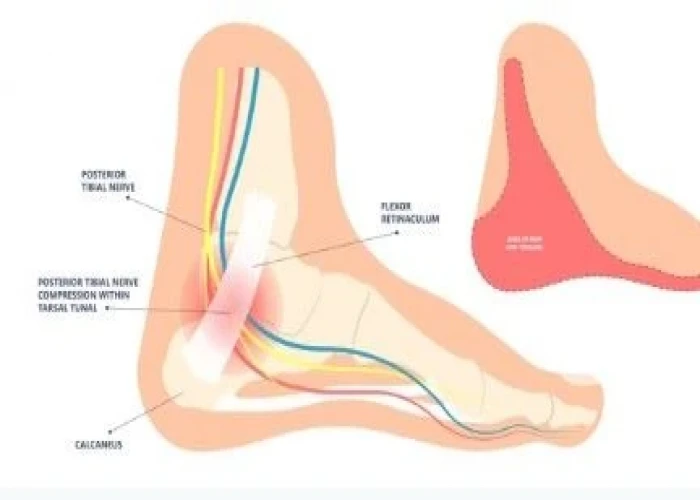
Popliteal artery entrapment syndrome
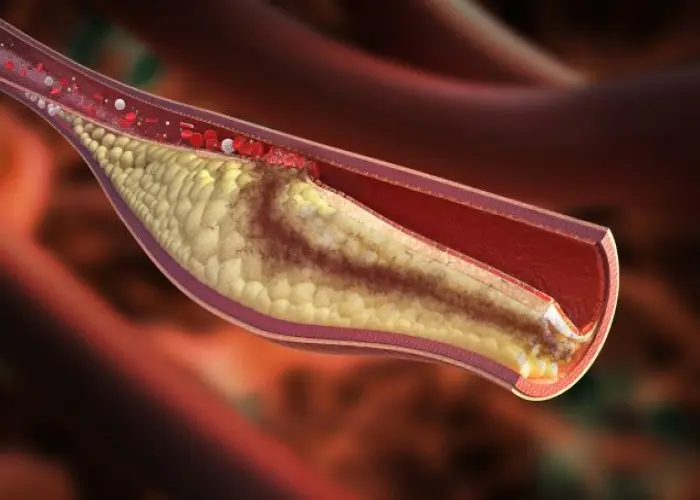
Acute coronary syndrome

Wilms' tumor

Body lice
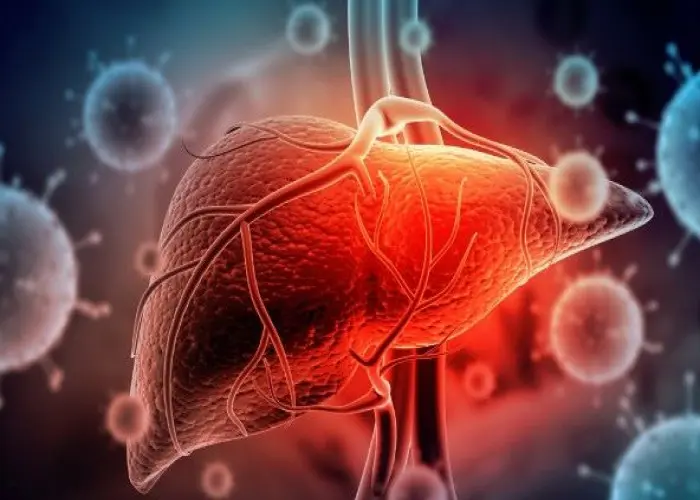
Hepatitis A
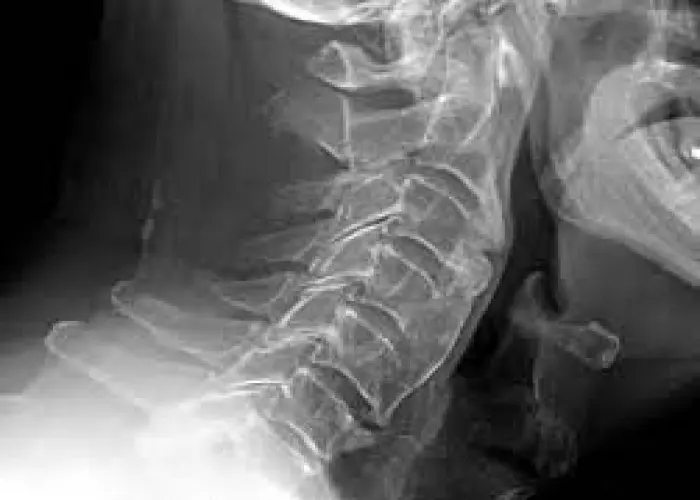
Diffuse idiopathic skeletal hyperostosis (DISH)
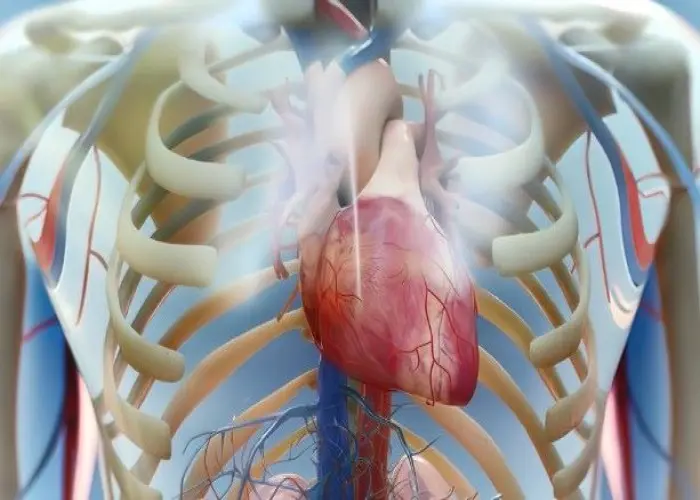
Cardiac Failure

Familial hypercholesterolemia
hives and angioedema, আমবাত এবং অ্যাঞ্জিওডেমা
To be happy, beautiful, healthy, wealthy, hale and long-lived stay with DM3S.
